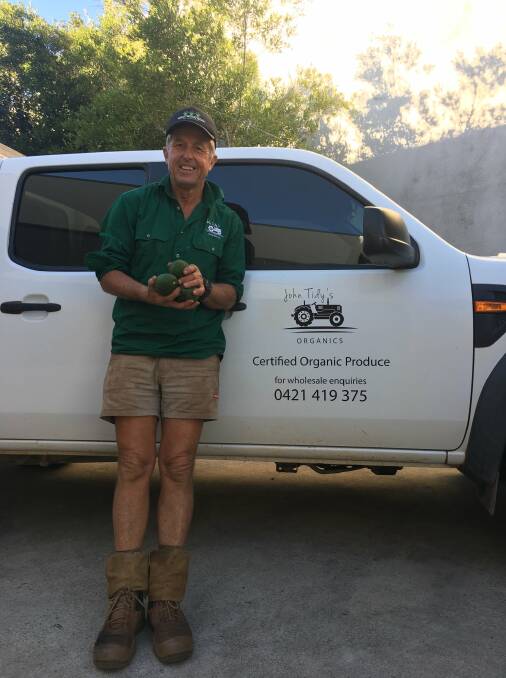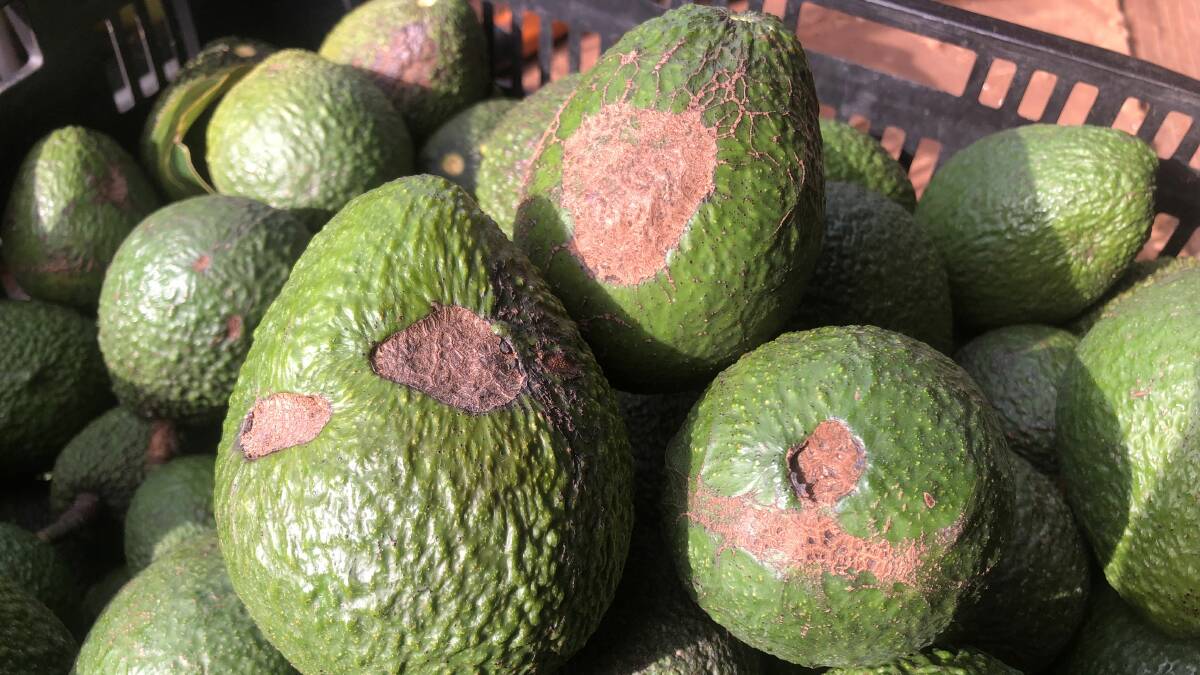
Aussie avocado growers have faced a tough couple of years, with supply and demand pressures, weather phenomena, and the COVID pandemic, but industry experts say the challenges are set to continue.
Subscribe now for unlimited access to all our agricultural news
across the nation
or signup to continue reading
Avocados Australia CEO John Tyas said that the Queensland harvest season is "a bit of a mixed bag," at the moment, with growers around the state experiencing different challenges over the last few months.
"Far North Queensland, they're just about finished, so most of those growers will be finished up there in the next couple of weeks," he said.
"Central Queensland, around Bundaberg and Childers, they're about half to two thirds through the crop and then in the south, they're just getting into their harvest at the moment."
Mr Tyas said that some growers in southern states are facing the negative effects of high rainfall, such as infrastructure damage and disease management, with root rot being a common issue.
Grower John Tidy, Amamoor, said that tree health was a major concern for producers in the area, particularly with the excess run off after recent rainfall.
Mr Tidy, who grows certified organic avocados, put contours into his property earlier in the year to minimise the impacts of the wet weather and said it had paid off.
"The contours have really helped with the runoff this year, it's been huge," he said.
"When you see runoff and you see the brown water, you know that there's a fair amount of topsoil and good nutrition leaving the farm and leaving the country.
"But we had minimal run off this year. We had 160 mils in two days, and the contours were overflowing and that's really helped us."
Mr Tidy, who is currently picking around 300 kilograms of avocados per week during harvest, said he is receiving good prices considering the current market, around $3 per avocado, which he mostly sells to stores on the Sunshine Coast and in the local area.
Expanding export markets could ease pressures

Some producers had been forced to dump large quantities of avocados this year, which Mr Tyas said was not only a result of a surplus of fruit, but also because there was a larger amount of unsaleable produce.
"Growers have been doing it pretty tough for the last four months or more, simply because of the volumes of fruit that are now coming onto the market," he said.
"We've seen a lot of fruit exported over the last 12 months, although at pretty marginal prices, but it's allowed us to really increase our market share in some of our key markets and provide a good foundation to build on.
"We'll need to be exporting a lot more fruit in years to come, because even though the last 12 months has been a very heavily supplied period, there's more to come. And there's been a lot of trees planted over the last five to 10 years and those trees are now coming into production.
"We do know there's going to be a lot of supply pressure over the next few years, so we're expecting to reach about 170,000 tons by 2026, and that's more than double what we produced in the financial year 2021."
Mr Tyas said it will be a balance of increasing export markets in the next few years, as well as continuing to target domestic trade.
"The main thing we're working on is to open new export markets," he said.
"Obviously we're trying to build the domestic market as fast as we can, but Australians are pretty good consumers of avocados, amongst the highest in the world on a per capita consumption basis.
"We still think there's room to grow domestically, but the bigger opportunities for growth are probably in export markets and we desperately need to get access to new and larger markets such as Japan, India, South Korea, and others."
Growers facing low prices after "bumper crop"
Rabobank research associate analyst Pia Piggott released a report earlier this week detailing the expected "period of soaring production growth" within the Australian avocado industry over the next five years.
The report confirmed that this year alone, 'per capita (person) supply' of avocados is estimated to be up 26 per cent on the previous 12 months to 4.8 kilogram - equating to 22 avocados per Australian.
Ms Piggott said that "ramping up exports" would be crucial for growers to make the most of the oversupply of fruit and find more sustainable prices, with Australian export volumes of avocados already increasing by more than 350 per cent in the past year.
"Regaining balance in Australia's avocado market requires both increased domestic demand and larger export volumes," she said.
"Overall, Australia's avocado production for 2021/22 is estimated at 124,000 tonnes. Coupled with estimated imports of 12,500 tonnes for the year, this has meant abundant supplies for consumers."
"While exporting provides the greatest opportunity for Australia's avocado industry to attract a good price and improve revenue, ensuring high export quality is paramount to maintaining the reputation and premium of the fruit, and continued investment in improving export access remains a key priority for the Australian avocado industry."
The report also detailed the effect that the "bumper crops" are having on the market, with retail prices for 2022 tracking at 47 per cent below the five-year average, which was ideal for consumers but less so for producers.
Mr Tyas said that national avocado day this Sunday was a great opportunity for consumers to celebrate the industry and continue supporting Aussie growers.


